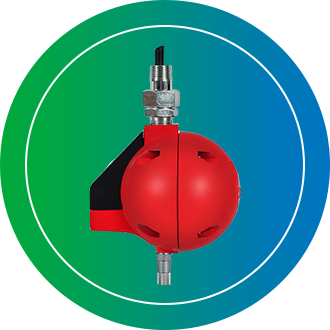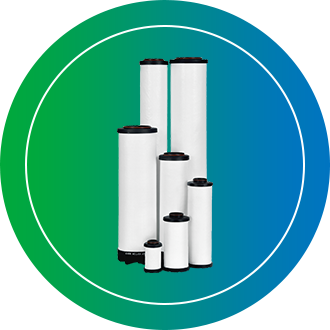The most energy-efficient compressed air dryer depends on the application and required dew point, but for general use, refrigerated dryers are often the most efficient in terms of energy consumption and initial cost. For applications requiring a much lower dew point, energy-efficient desiccant dryers with advanced technologies like VSD (Variable Speed Drive), dew point controllers, and blower purge systems are the most efficient choices.
Refrigerated dryers
How they work: Cool the air to condense moisture, which is then drained away.
Energy efficiency: High efficiency for most general applications.
Best for: General manufacturing, automotive, and food and beverage industries where a pressure dew point between 3 to 10 ℃ is sufficient.
Desiccant dryers
How they work: Use a material like silica gel to absorb moisture from the air.
Energy efficiency: Can be less efficient, but advanced versions significantly improve this.
Best for: Applications that require ultra-dry air, below the typical limit for refrigerated dryers.
Energy-saving technologies:
Variable Speed Drive (VSD): Adjusts the dryer's operation based on demand, saving energy.
Dew Point Controller: Optimizes the regeneration cycles to reduce the amount of purge air used.
Blower Purge: Uses a blower to cool the desiccant instead of compressed air, which reduces operating costs.
Choosing the right dryer
For lower energy costs in general applications: Choose a refrigerated dryer.
For applications needing ultra-dry air: Select an advanced desiccant dryer with energy-saving features like VSD or blower purge to maintain efficiency.







